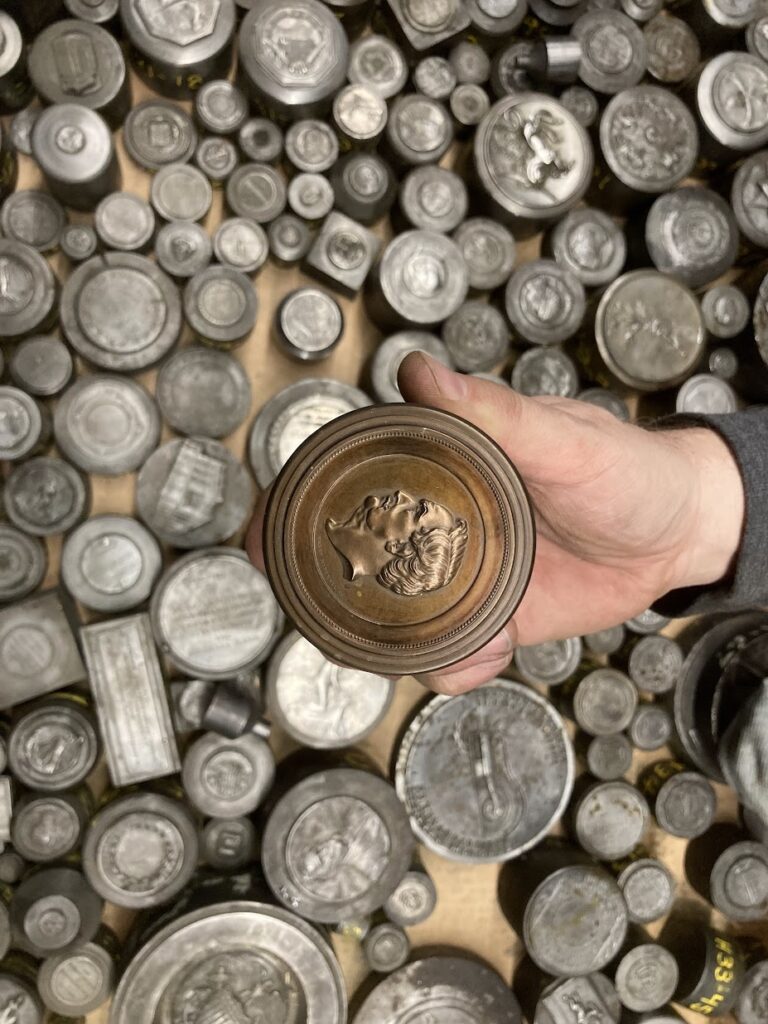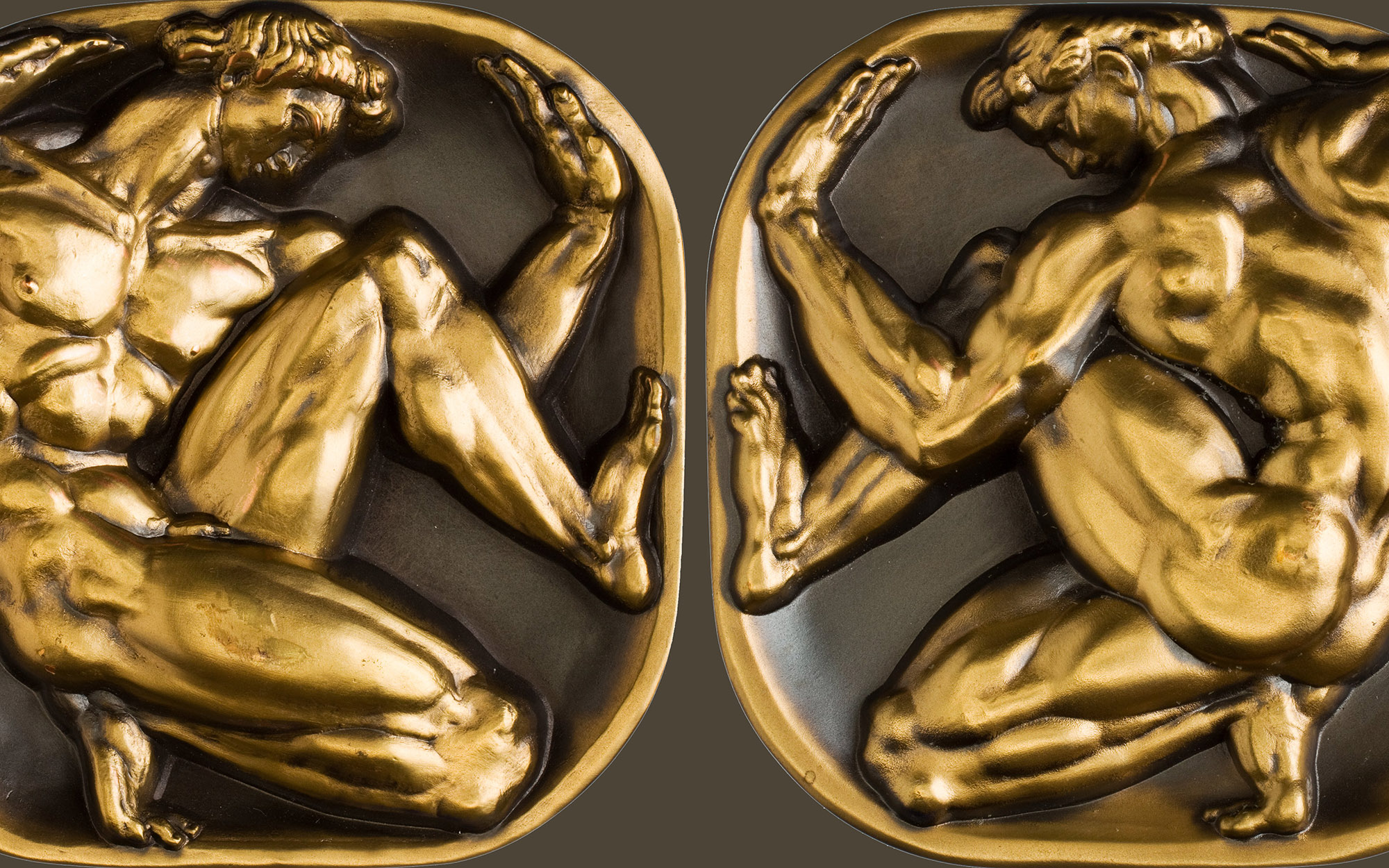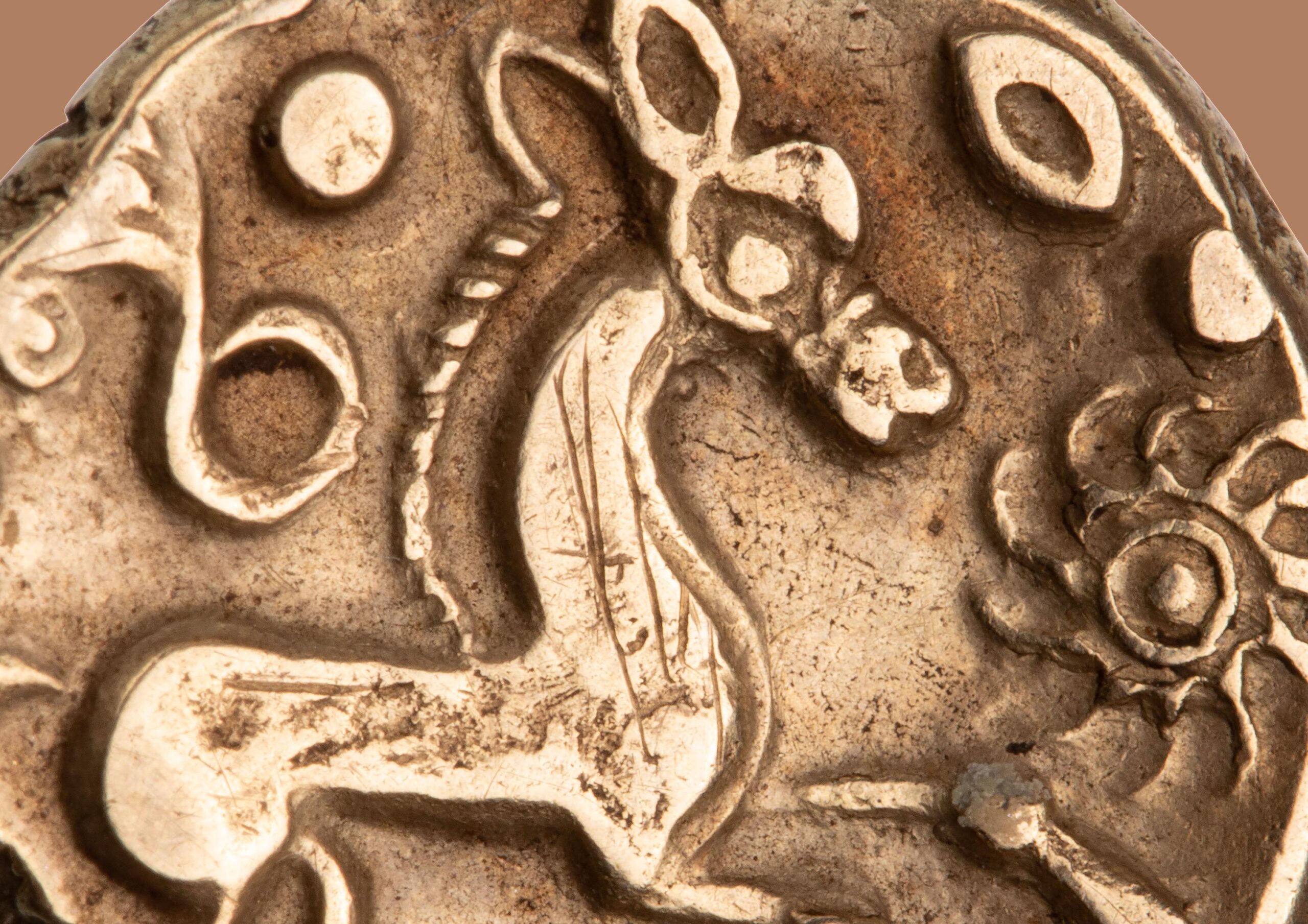The Last of the MACO Archives Return to New York
March 30, 2023
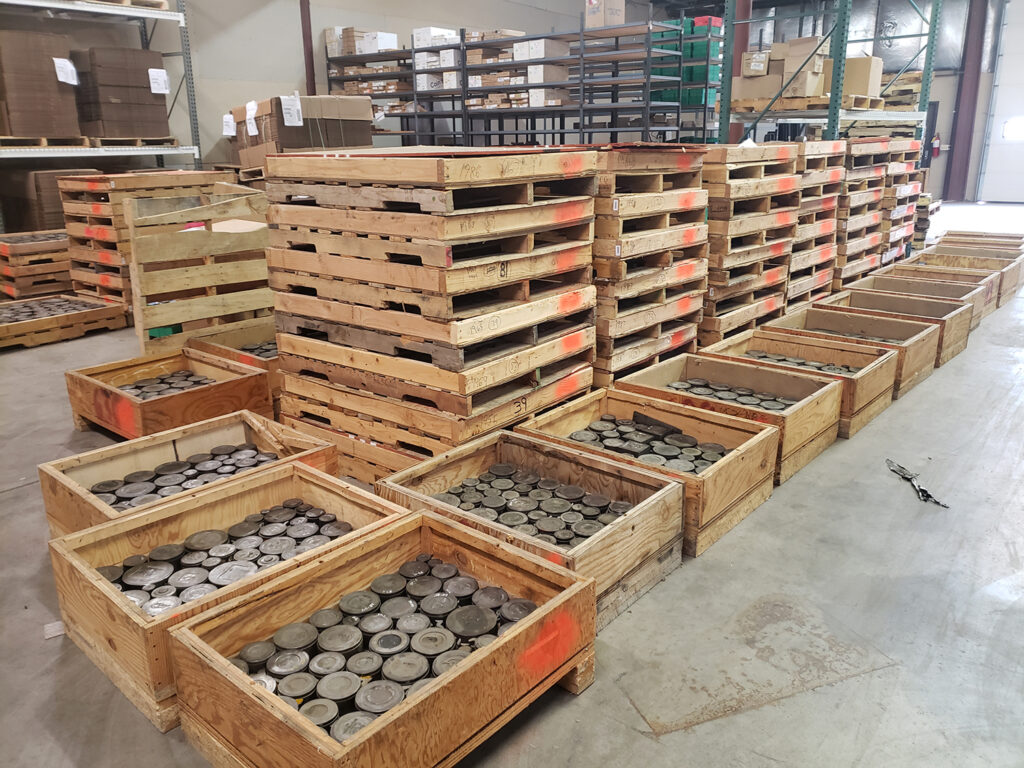
In 2018, the American Numismatic Society purchased the archives of the Medallic Art Company (MACO), one of the largest and most important private mints in the United States, which, after roughly 113 years of operation went bankrupt in 2016. Established in ca. 1903 in New York City, MACO left New York for Danbury, Connecticut, in the 1970s, then went to South Dakota before finally coming to rest in Nevada. The archives the ANS purchased included not just the paper records, but also ca. 50,000 objects including medals, die shells, and the hubs and dies used to produce the medals. Over the last several years, all of this material has slowly been making its way to New York City, truck load after truck load, both to the ANS headquarters and to a warehouse the ANS has now rented in Brooklyn, as detailed in a number of previous blog posts and ANS Magazine articles.

Getting the hubs and dies to New York City, however, has proven more difficult, because of their tremendous weight and the associated storage complications. The hubs and dies currently are stored on wooden pallets each of which weighs between 1,000 and 1,600 pounds. While we’ve been sorting these issues, Jerry Moran, owner of Medalcraft Mint, located in Green Bay, Wisconsin, has graciously stored the 225 pallets for us free of charge.

Shortly before the pandemic began, in 2019, I made a quick trip to Green Bay to get a sense of the problem we faced with moving it all to New York City along with ANS Fellow George Cuhaj, and soon thereafter gladly turned the problem over to our Resolute Americana curator, Dr. Jesse Kraft, who has proven to be not just a brilliant move organizer, but an astoundingly tenacious and hardworking individual. Little did he realize when we hired him in 2019 that the job of curator would involve so much muscle, sweat, and longs stays away from his family in various parts of the US! In 2021, with funding from an anonymous foundation, Jesse spent weeks in Nevada organizing the move of the die shells and other material, all of which made its way across the country and is now safely housed in Brooklyn, where he has spent hundreds of hours unpacking and organizing the material in anticipation of moving the hubs and dies.

Jesse in the meantime also made a reconnaissance trip to Green Bay last year and a final trip a few weeks ago to stage the pallets for their eventual pick-up. In Brooklyn, he cleared the space in the warehouse, purchased a pallet stacker, and hired a trio of strong men to help with the unloading. Thanks again to our anonymous funder, Jesse arranged for eight semi-trucks in succession to pick up the pallets, under George Cuhaj’s supervision in Green Bay, and then deliver them to Brooklyn over two successive weekends when traffic in Brooklyn is minimal and the loading dock at the warehouse is less busy. Aside from one truck driver getting lost and both elevators in Brooklyn malfunctioning for a brief period, Jesse’s plan has worked seamlessly.
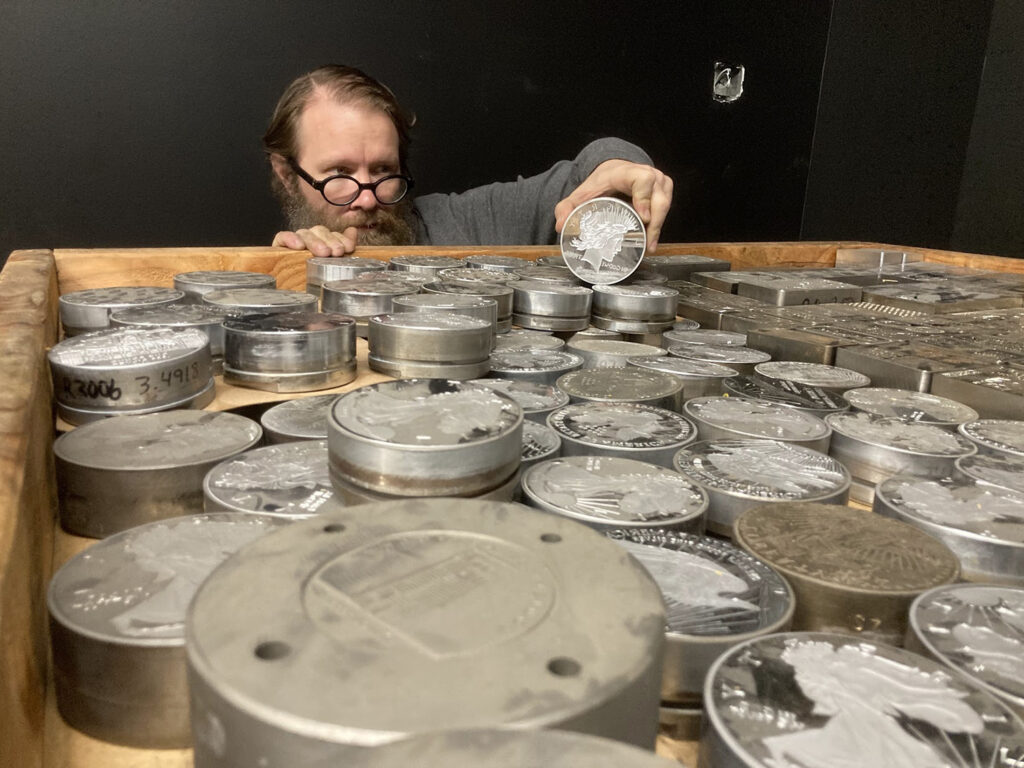
For a lot of the material in the MACO archives, the move to New York City is something of a homecoming, since much of it was produced in the City over the course of the twentieth century. The task that now lies immediately ahead is completing the inventory of the archives and creating a record of all of the items to be published and made available on our dedicated MACO website, and ultimately deciding which of it we want for our collection, and which of it we don’t.
